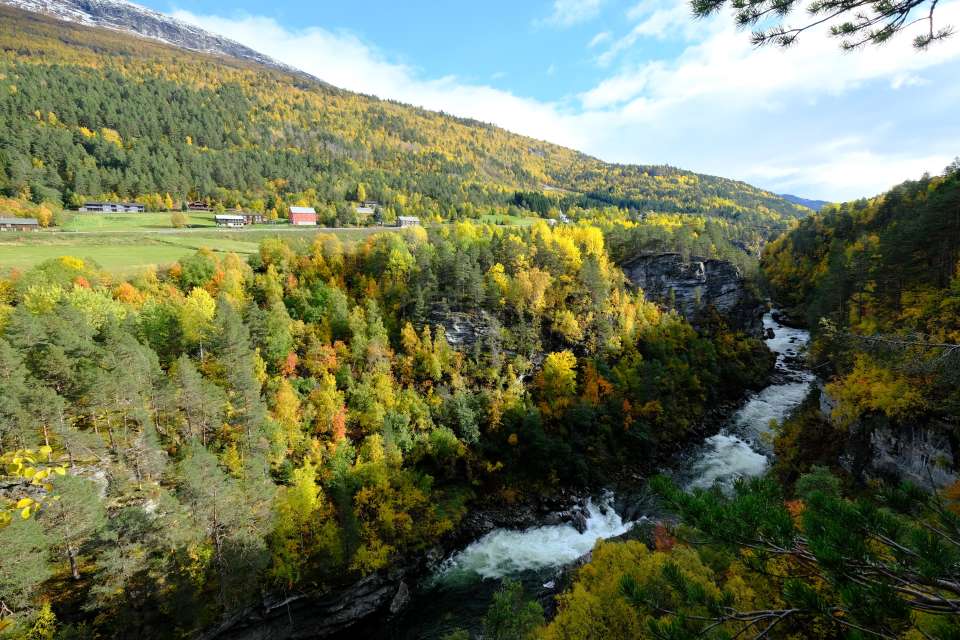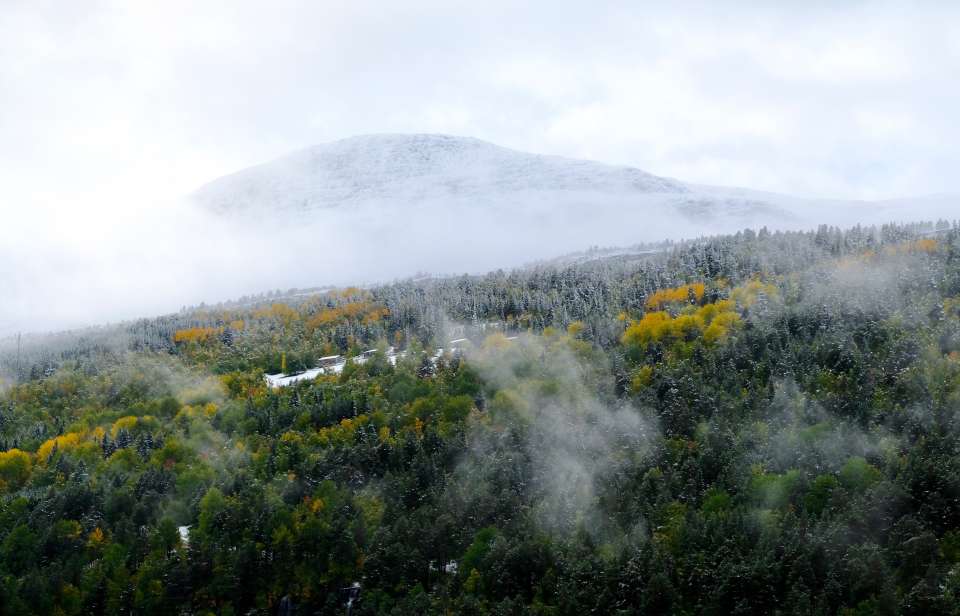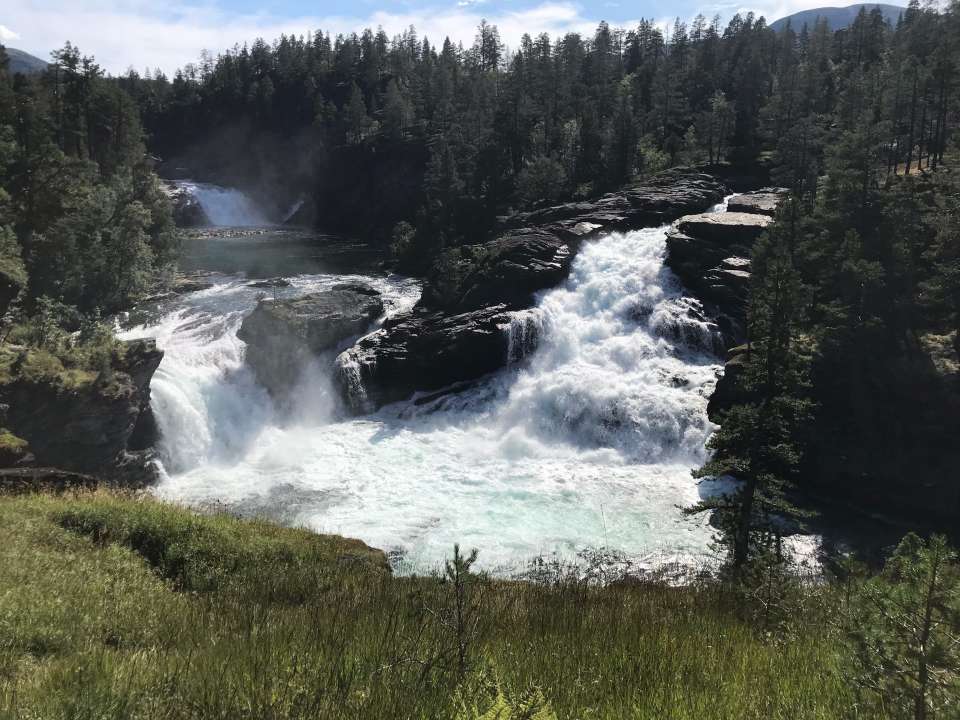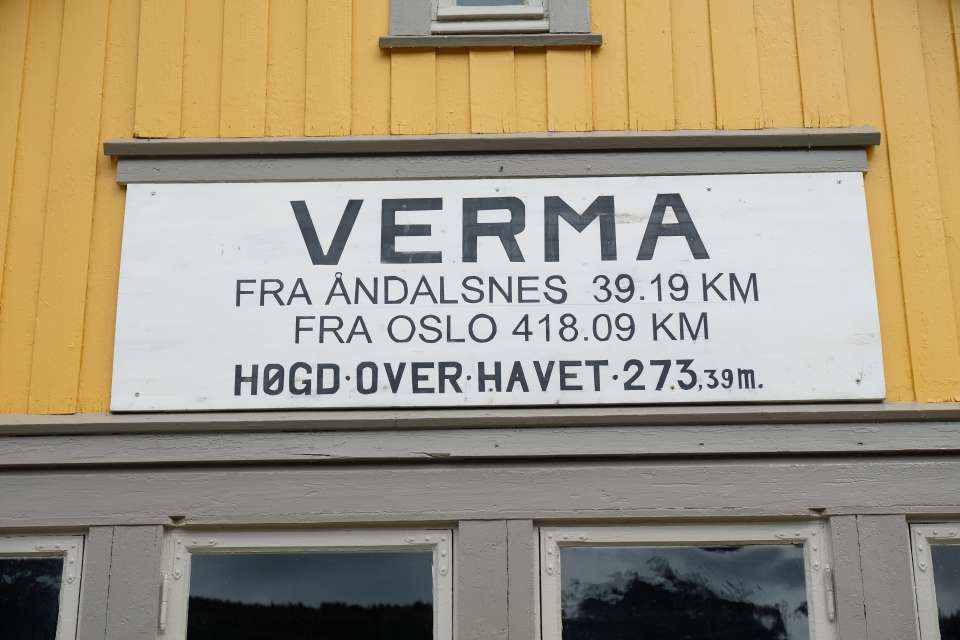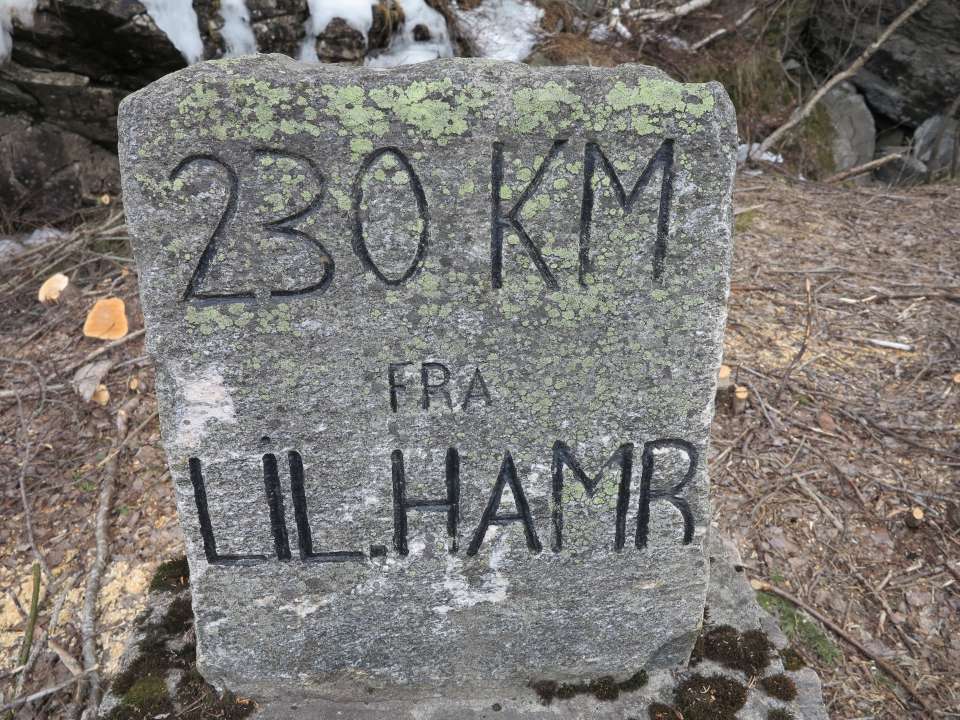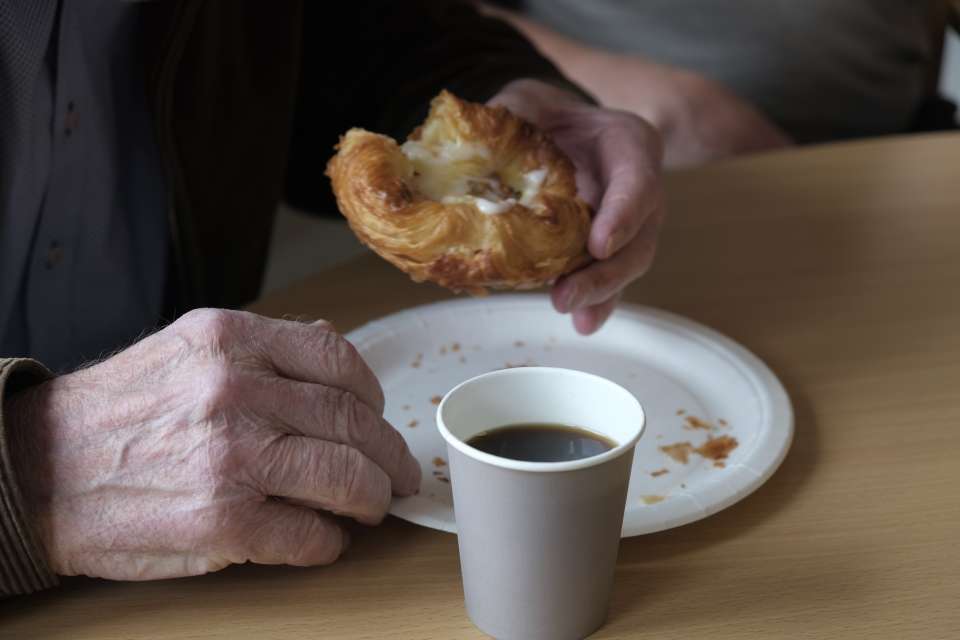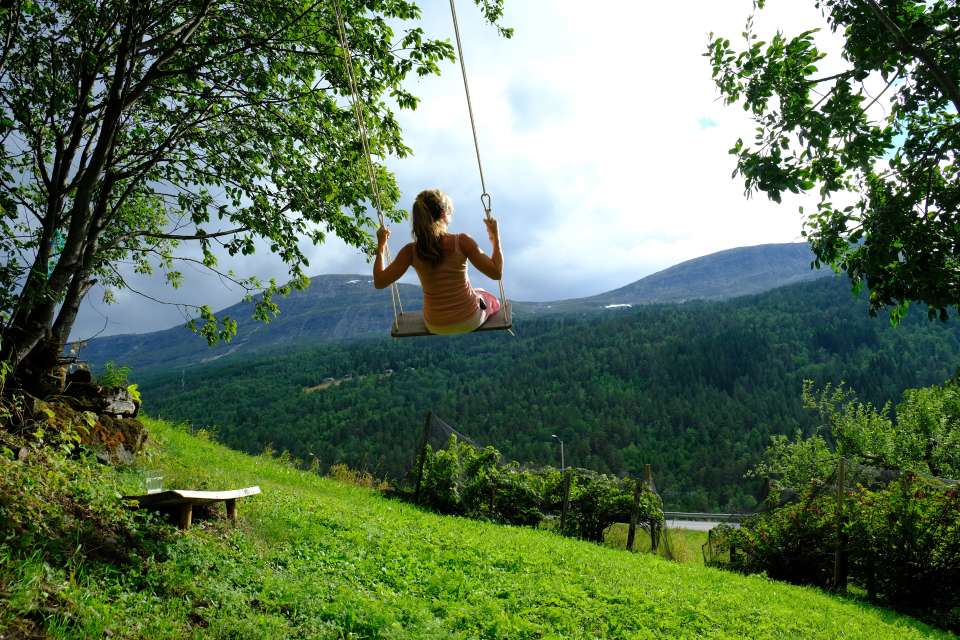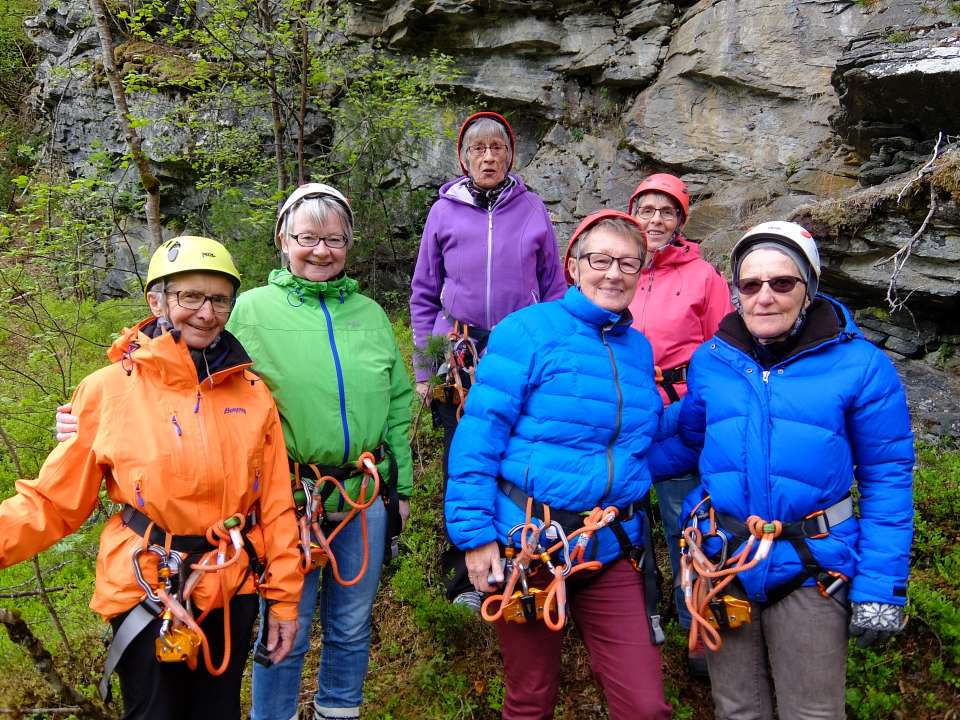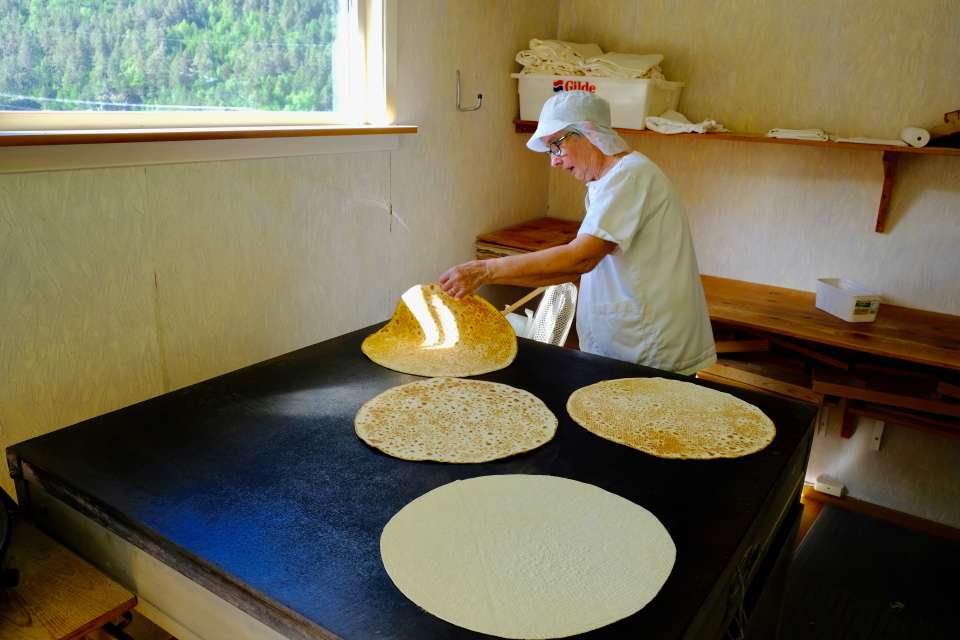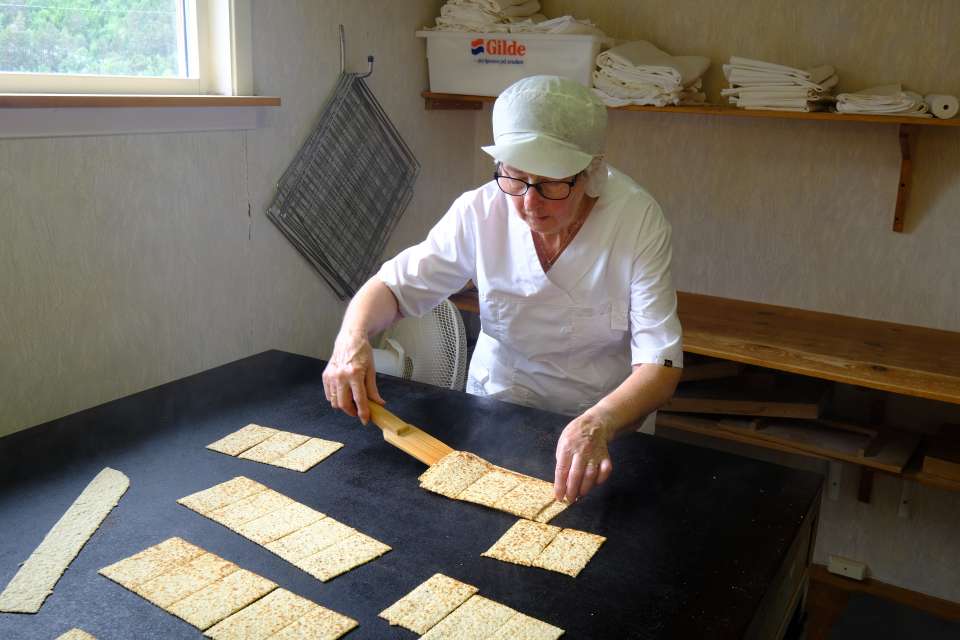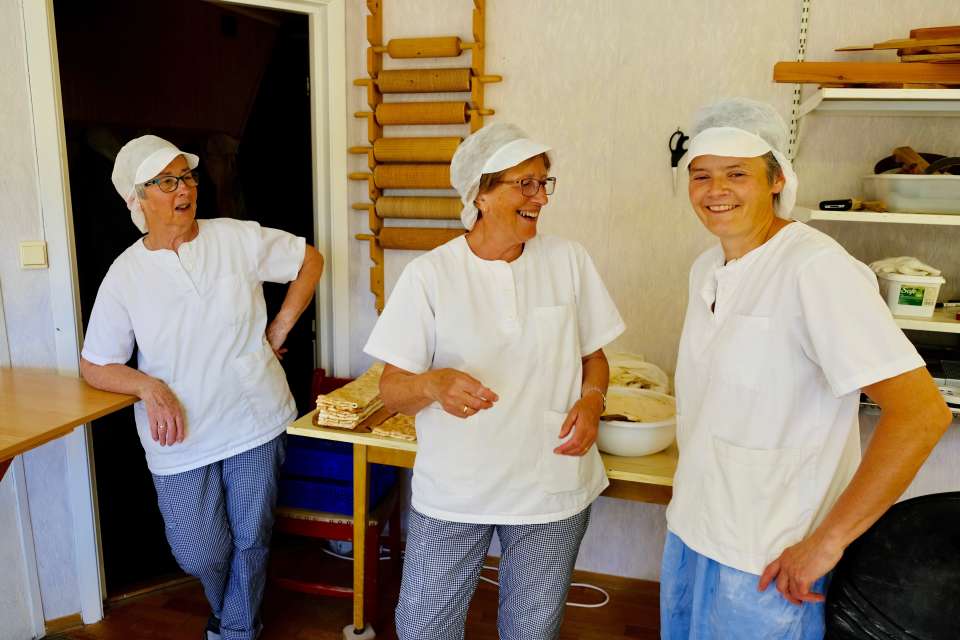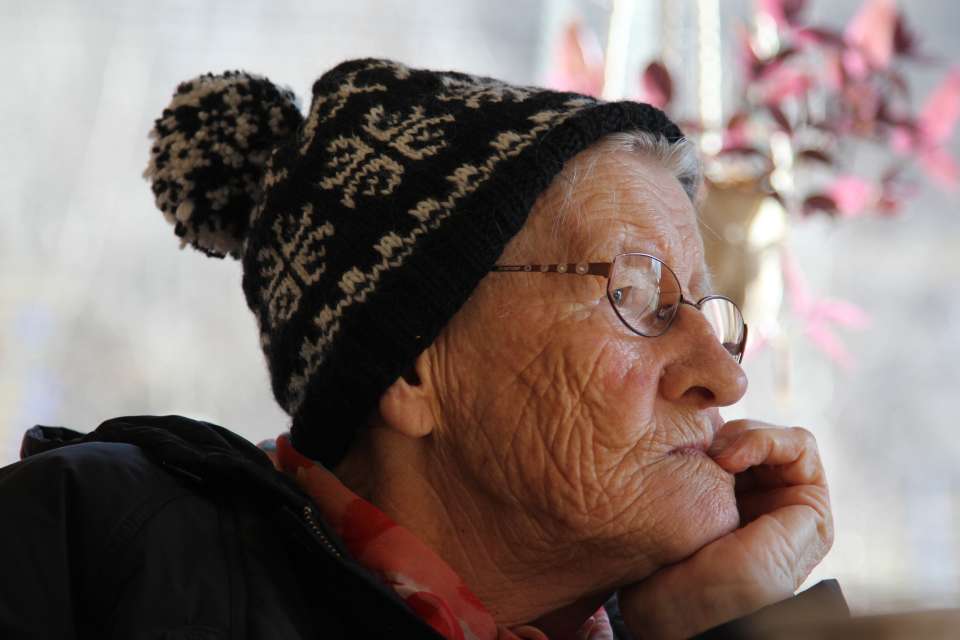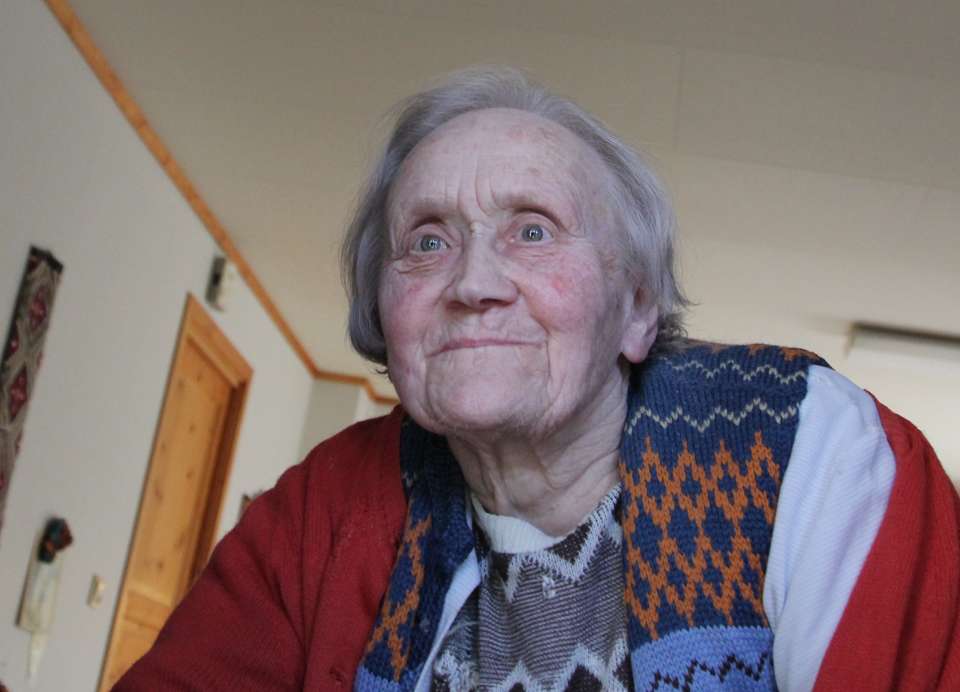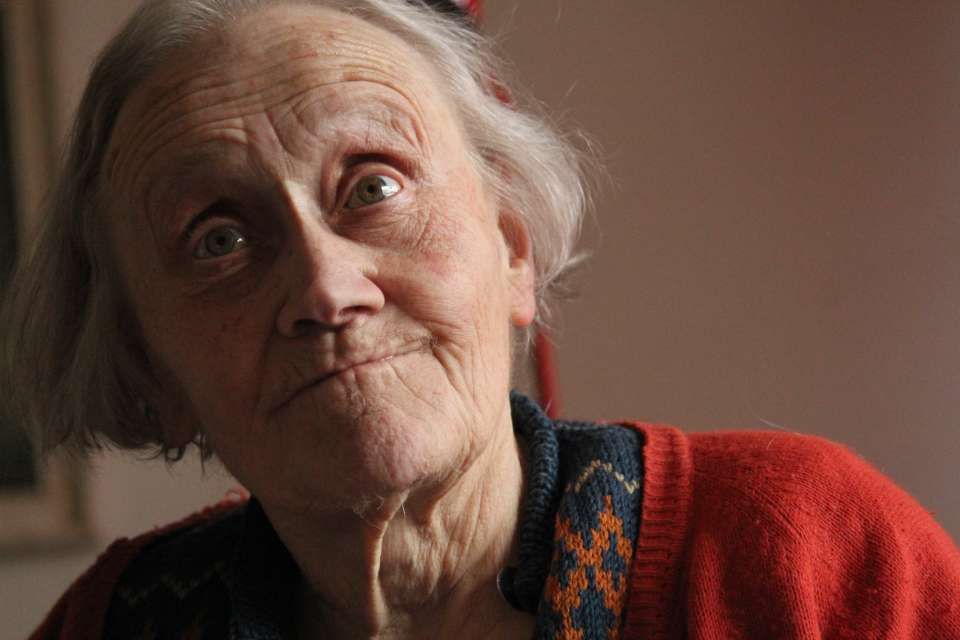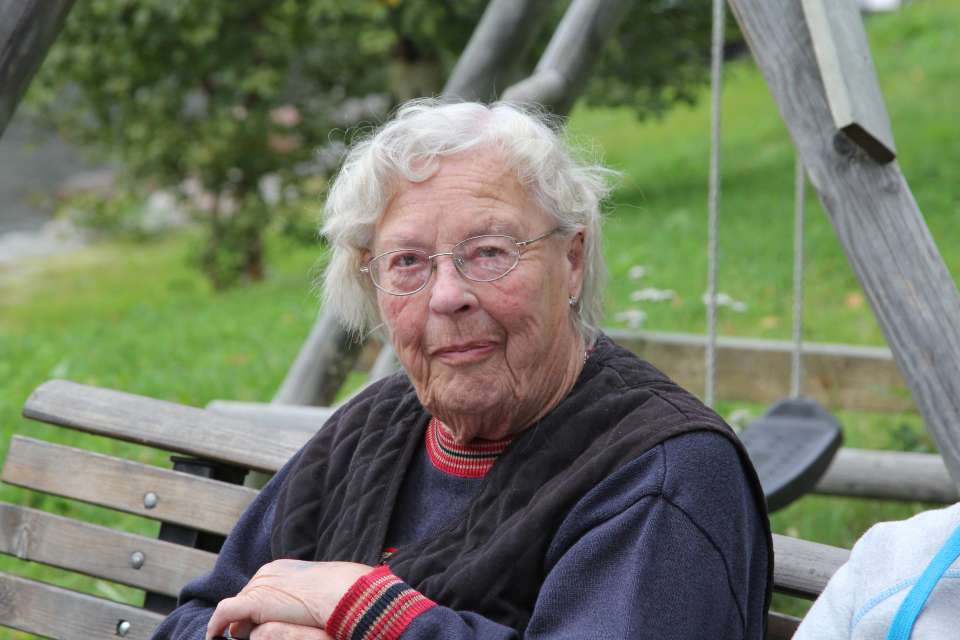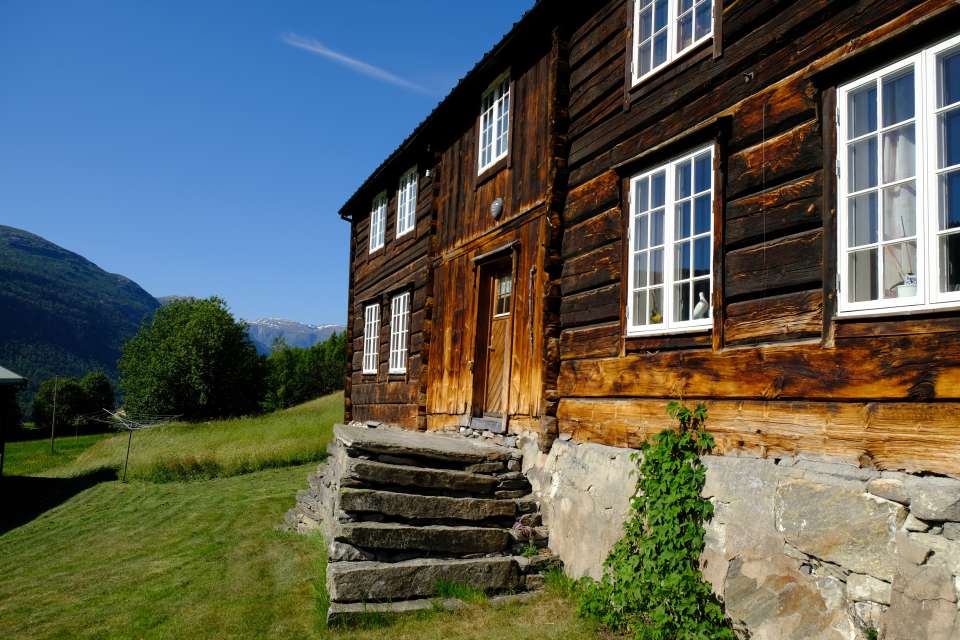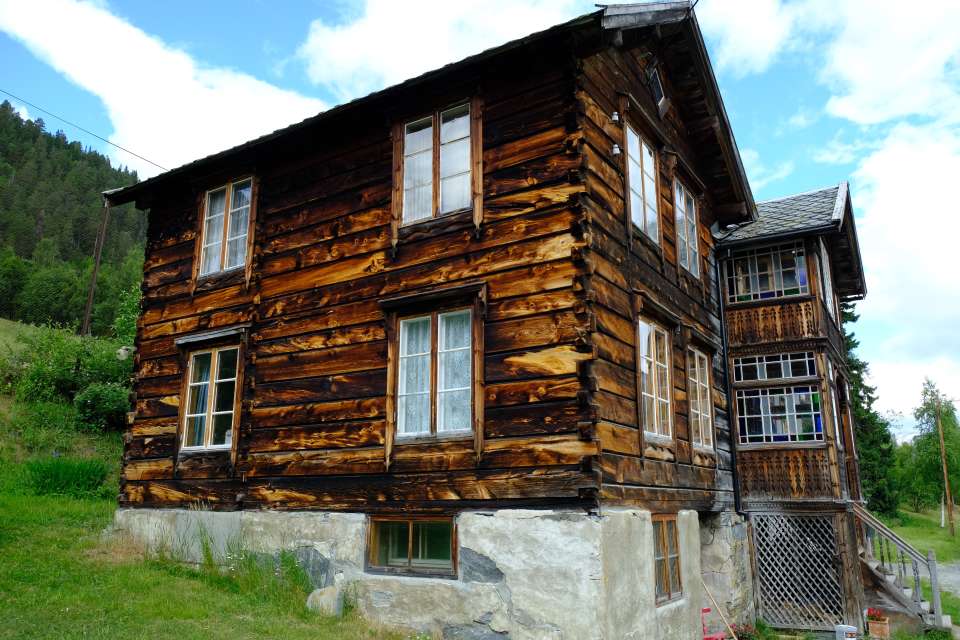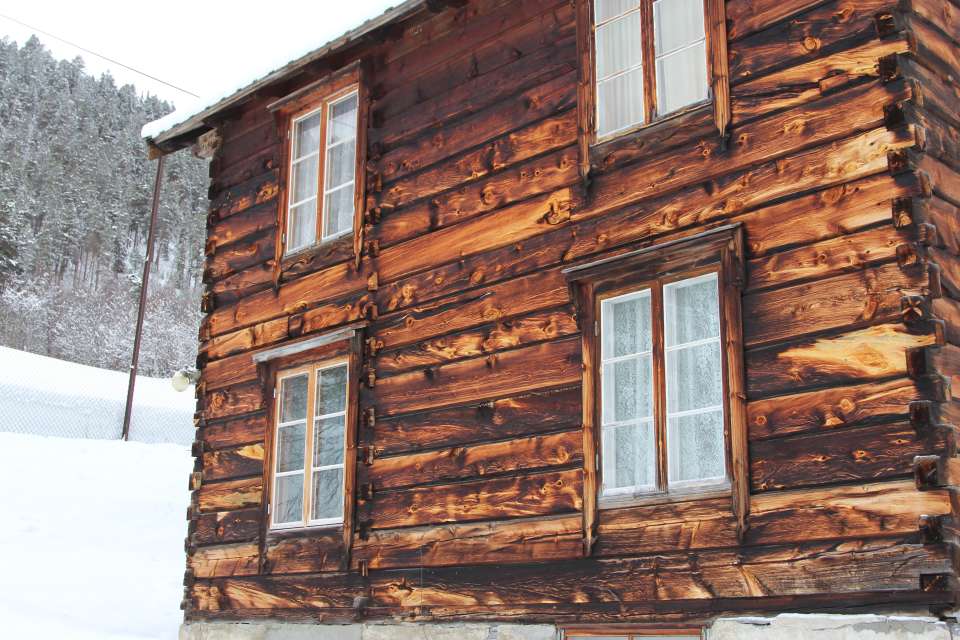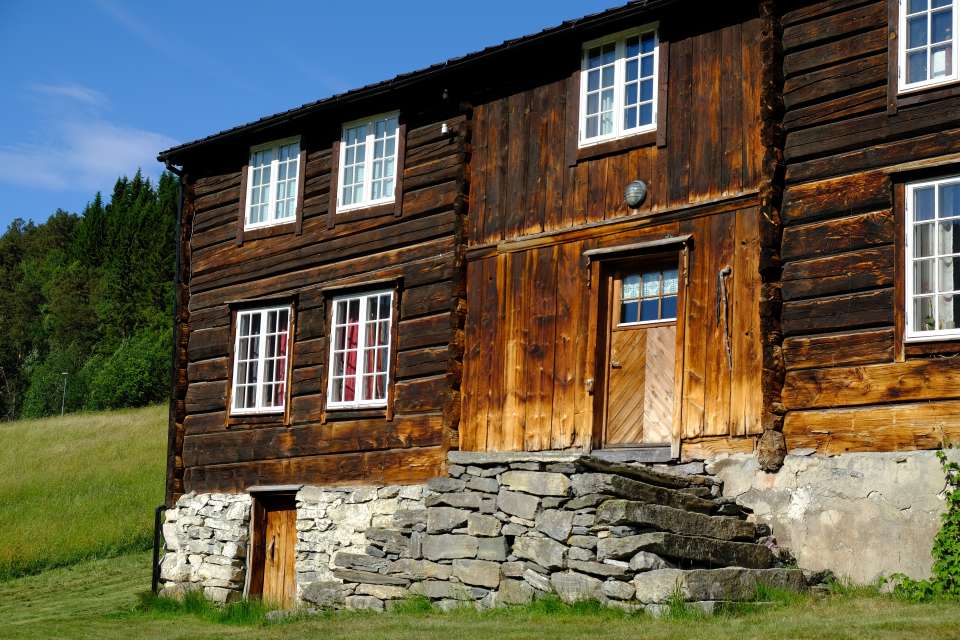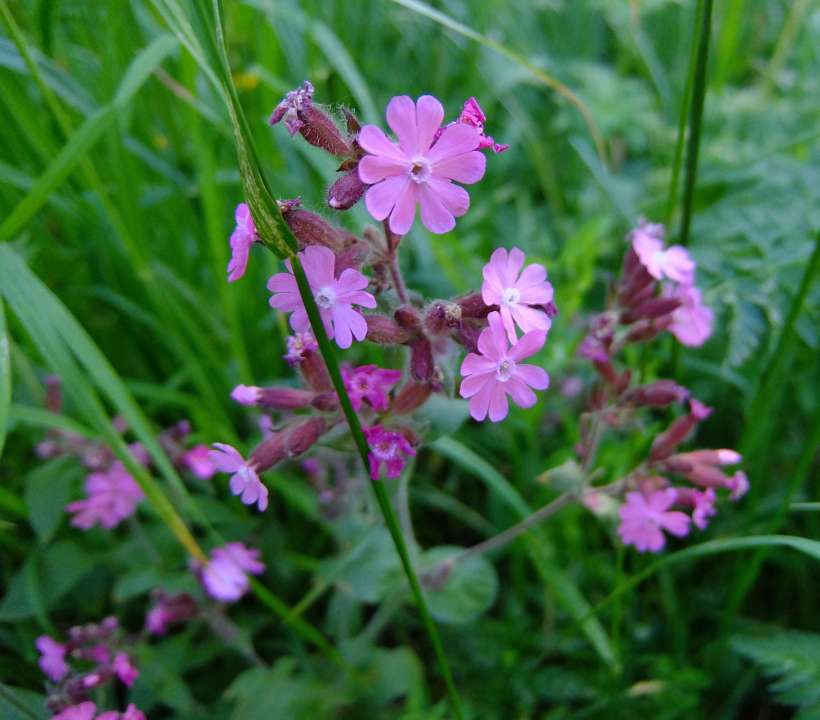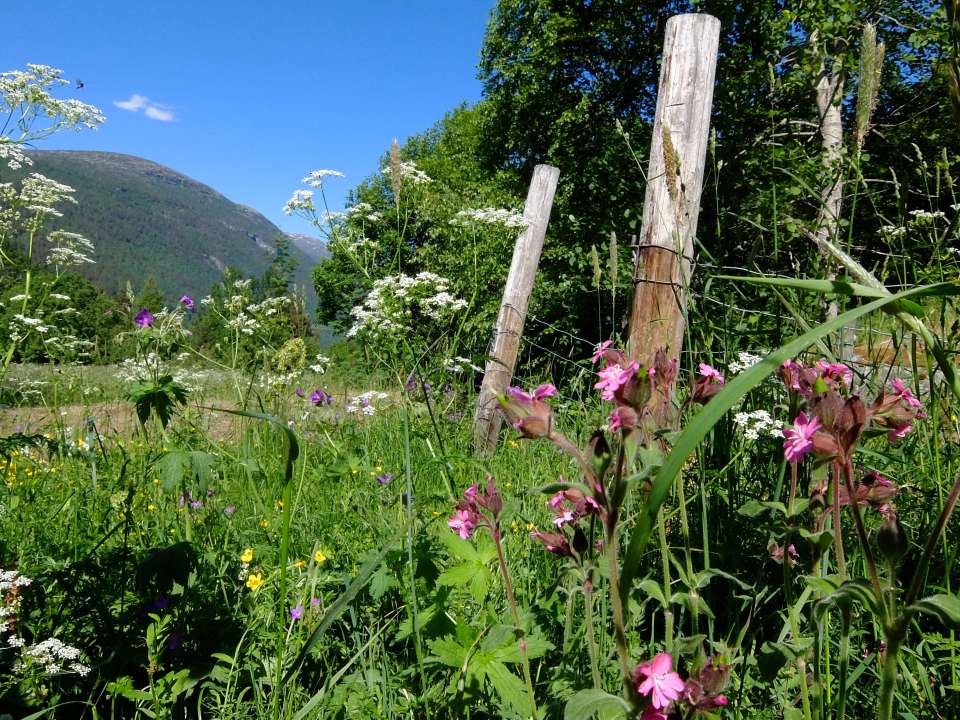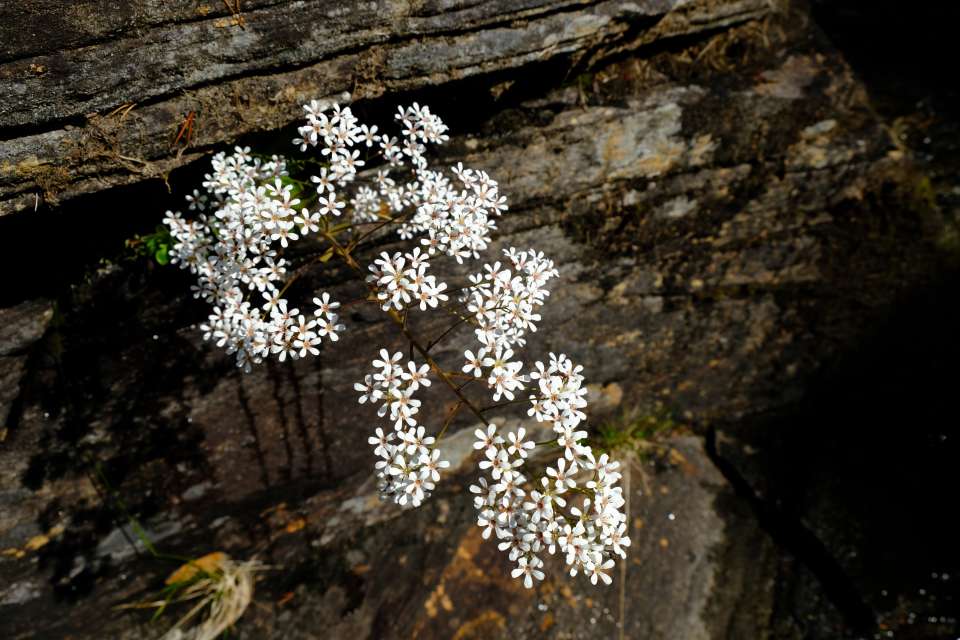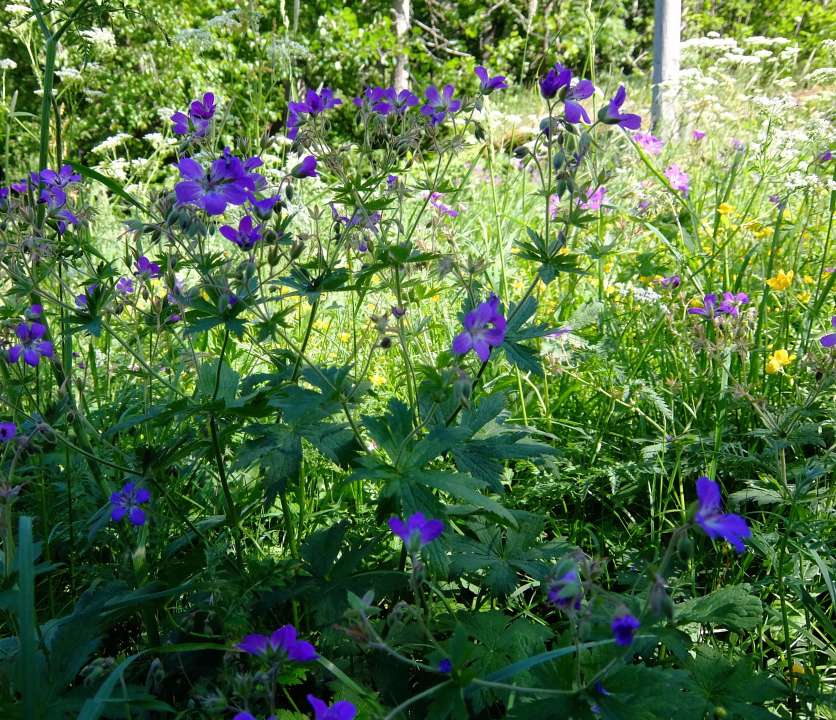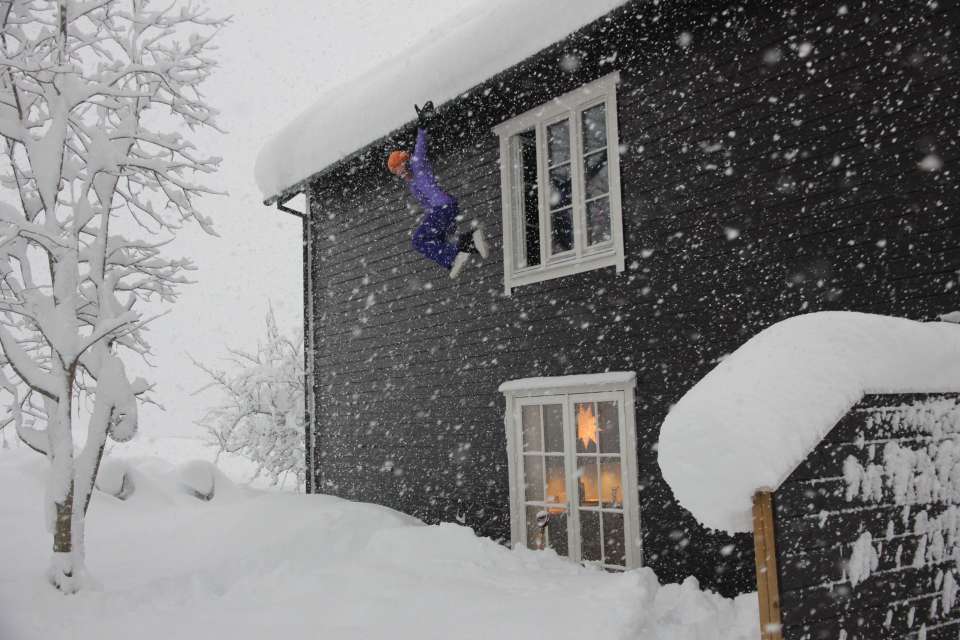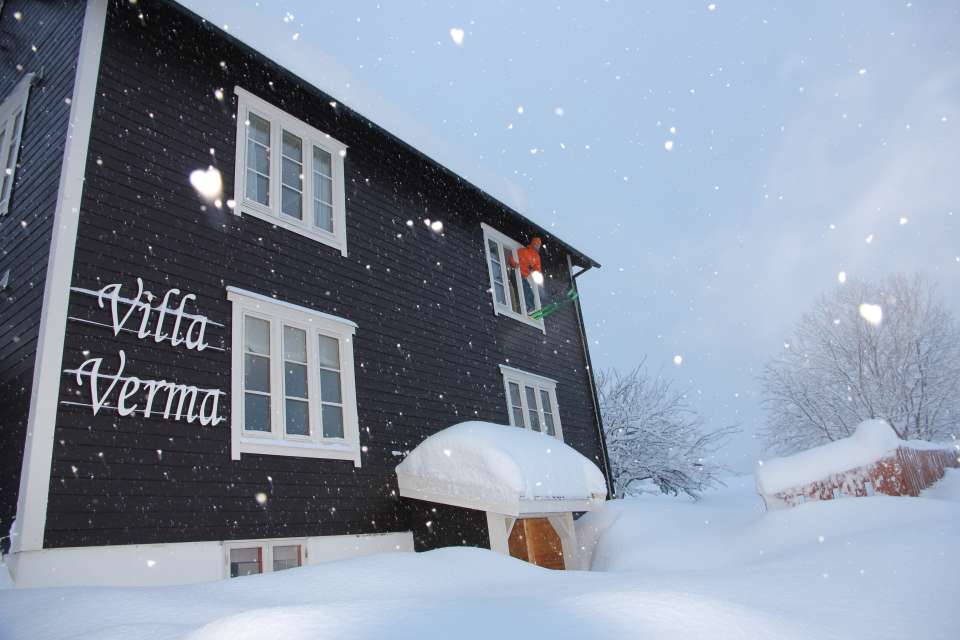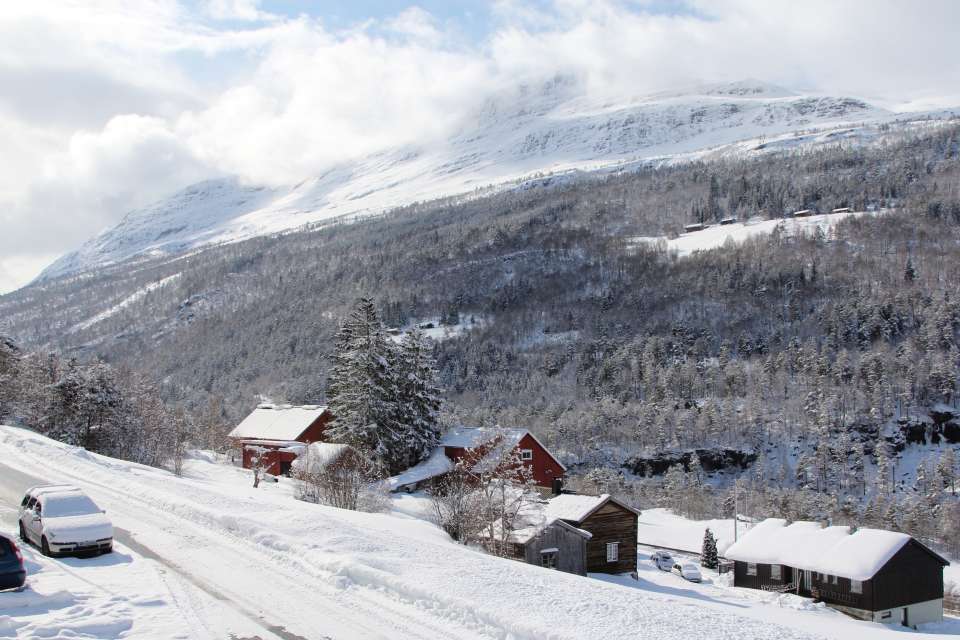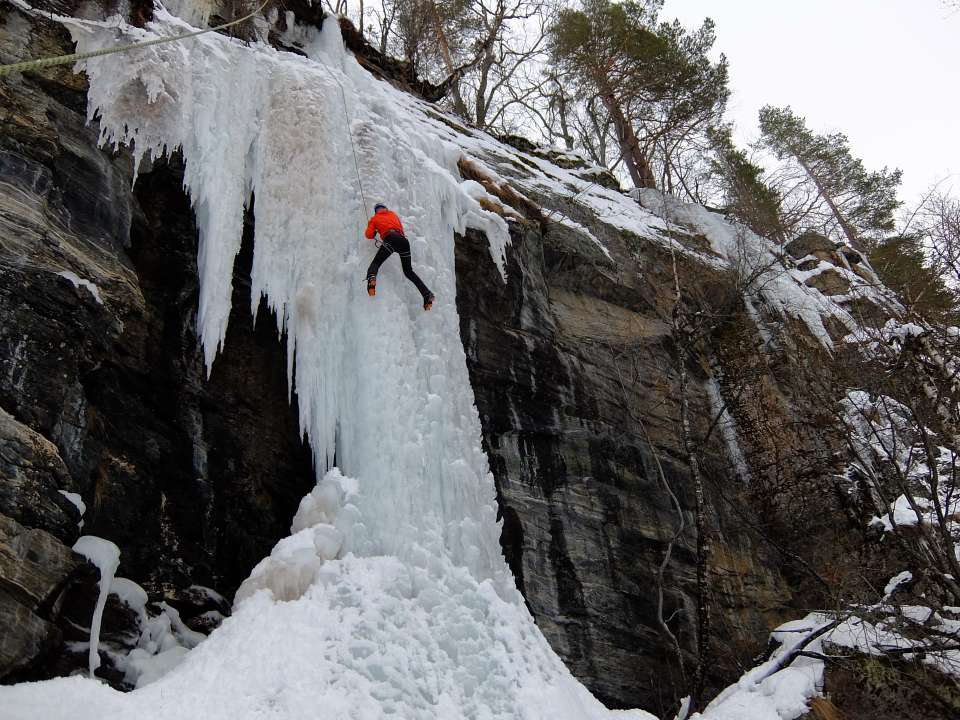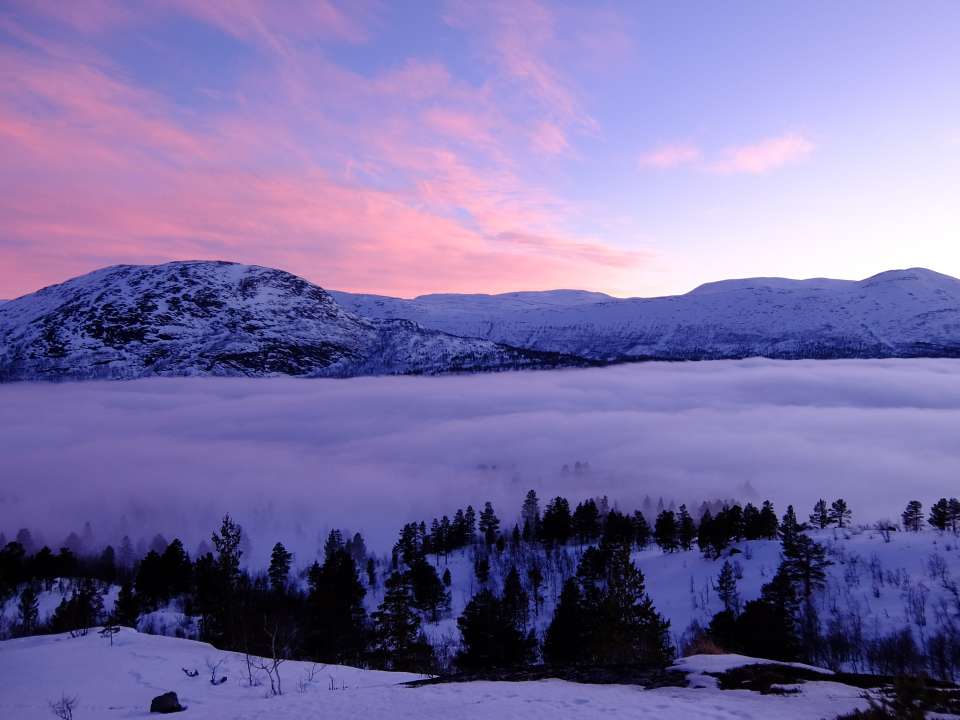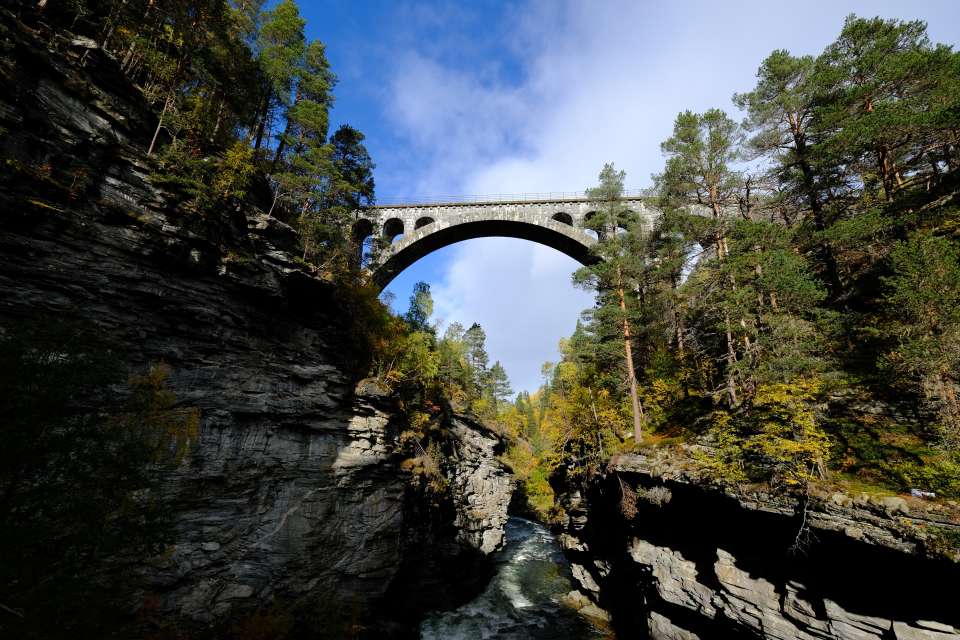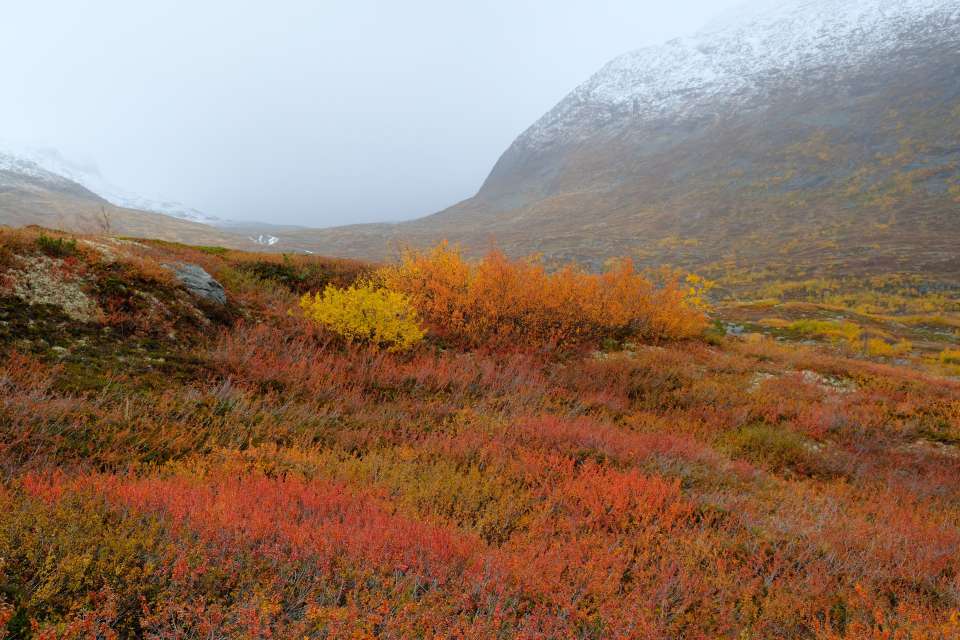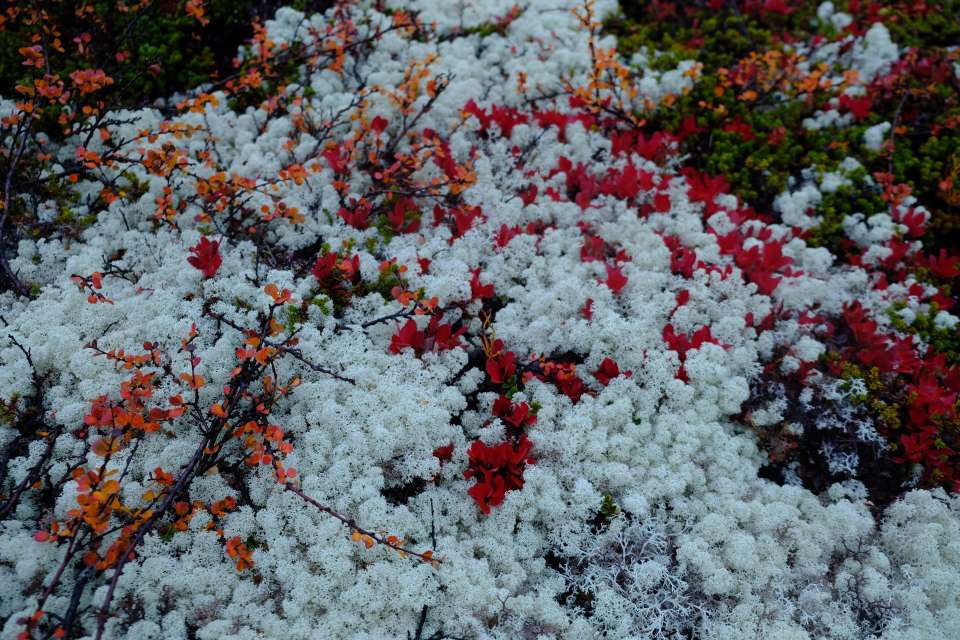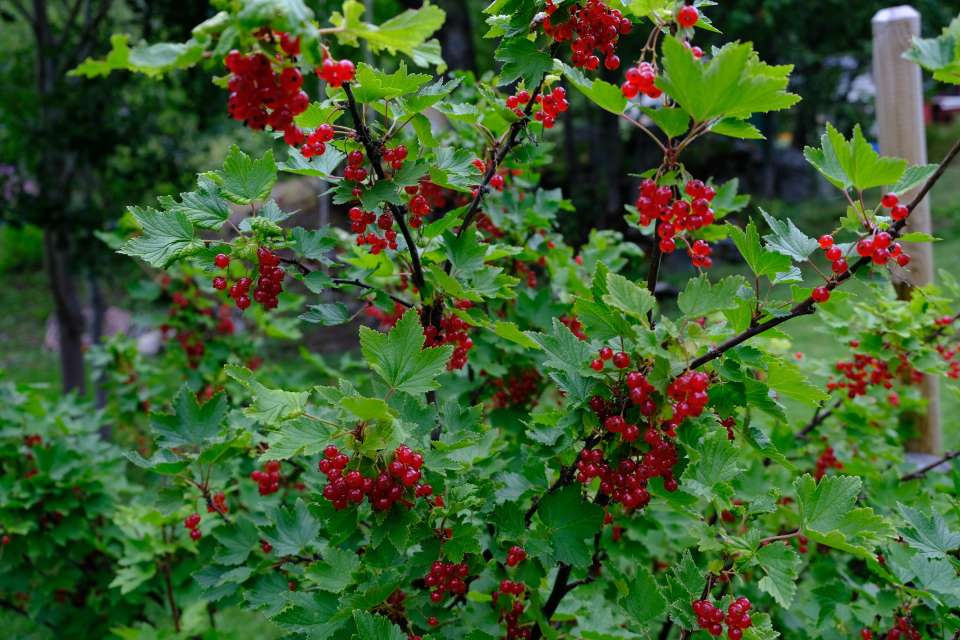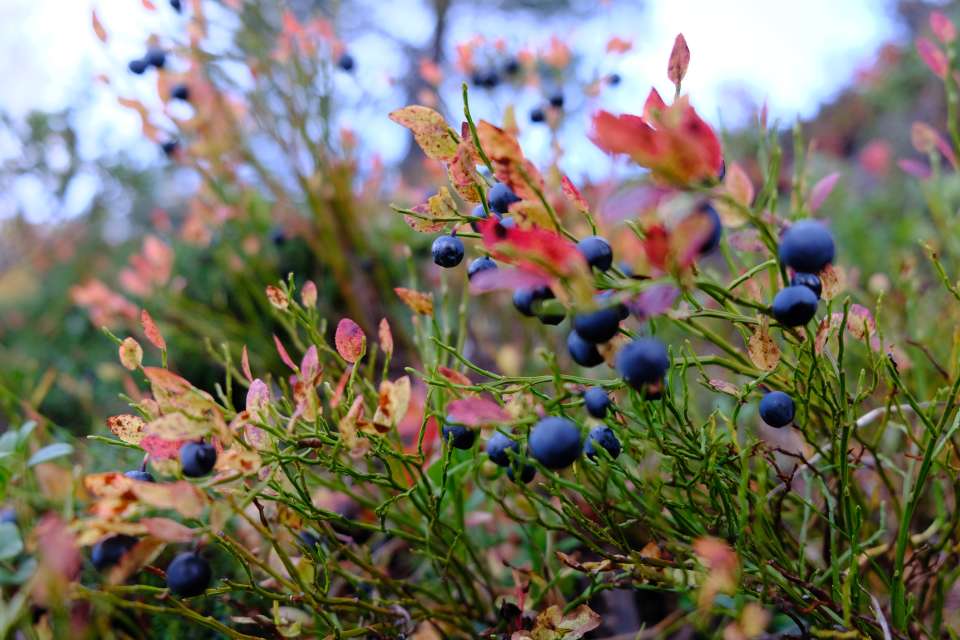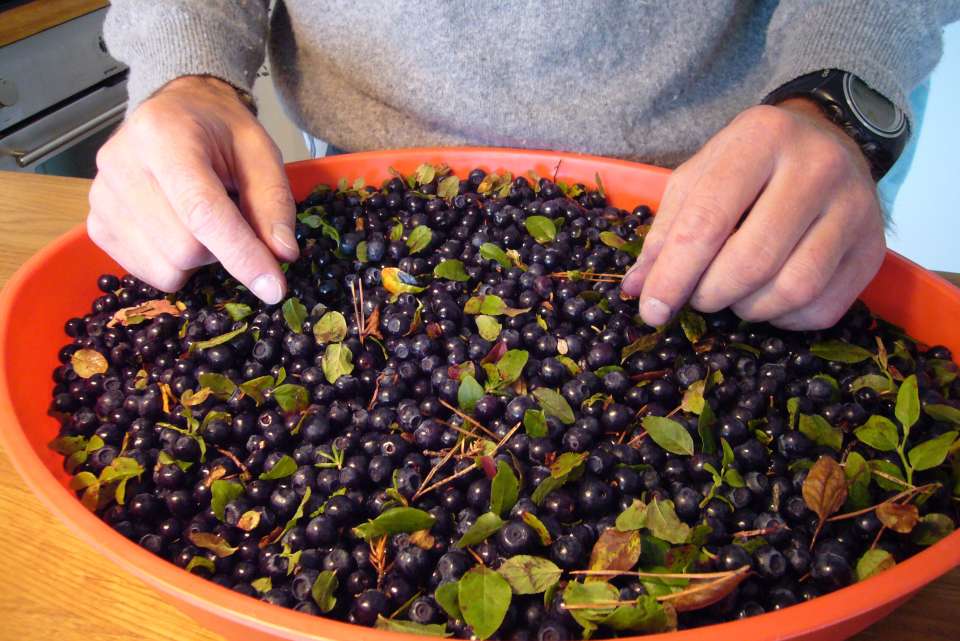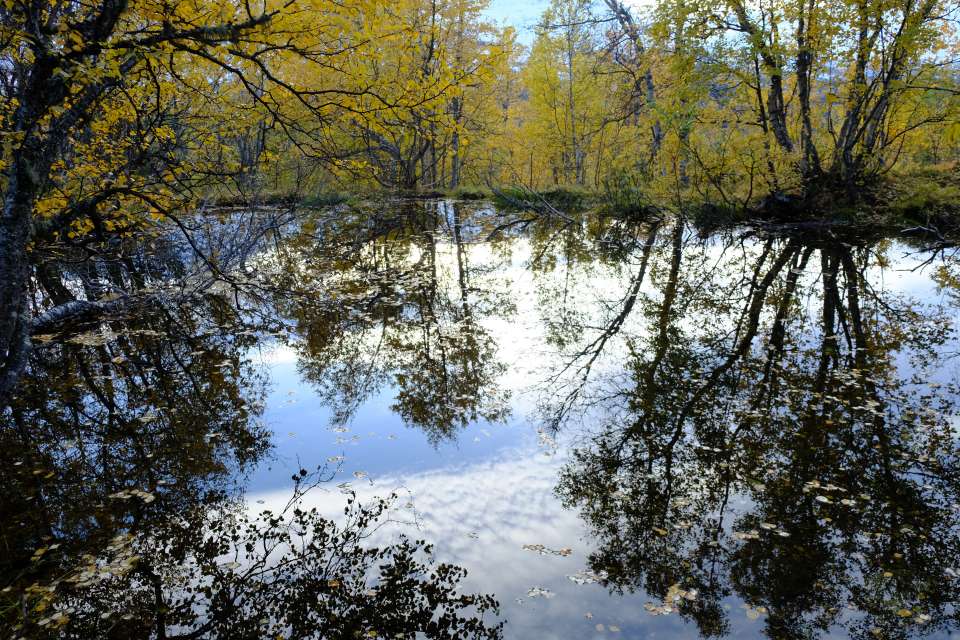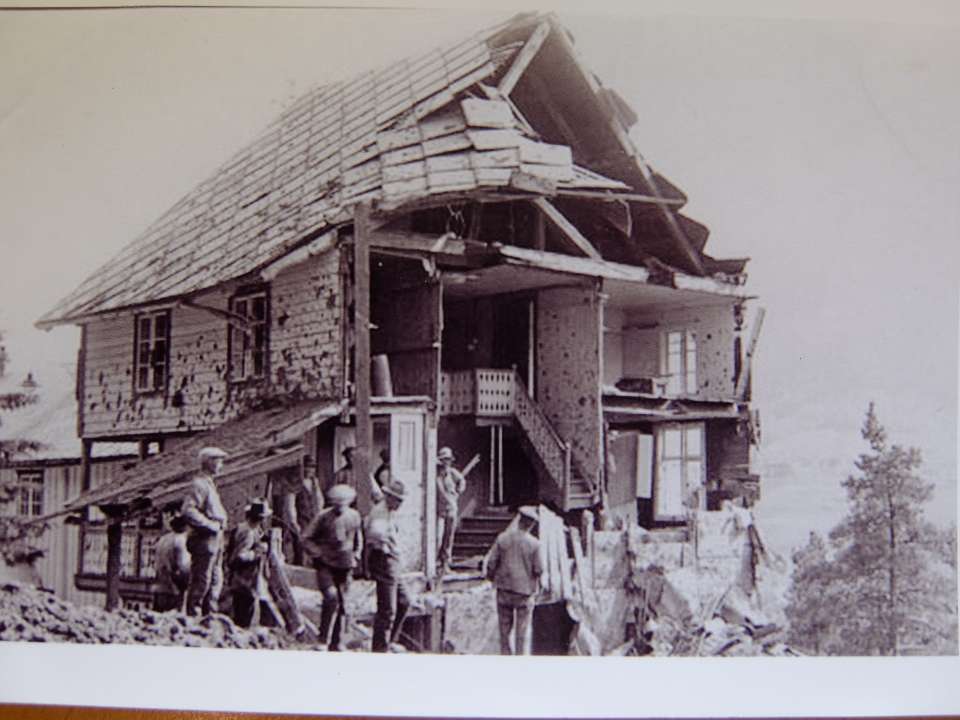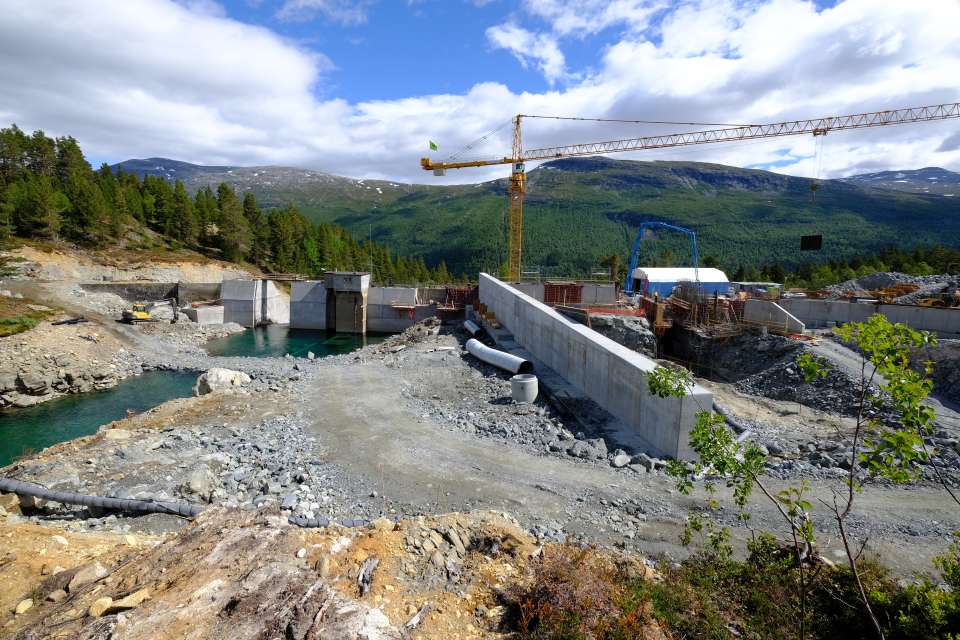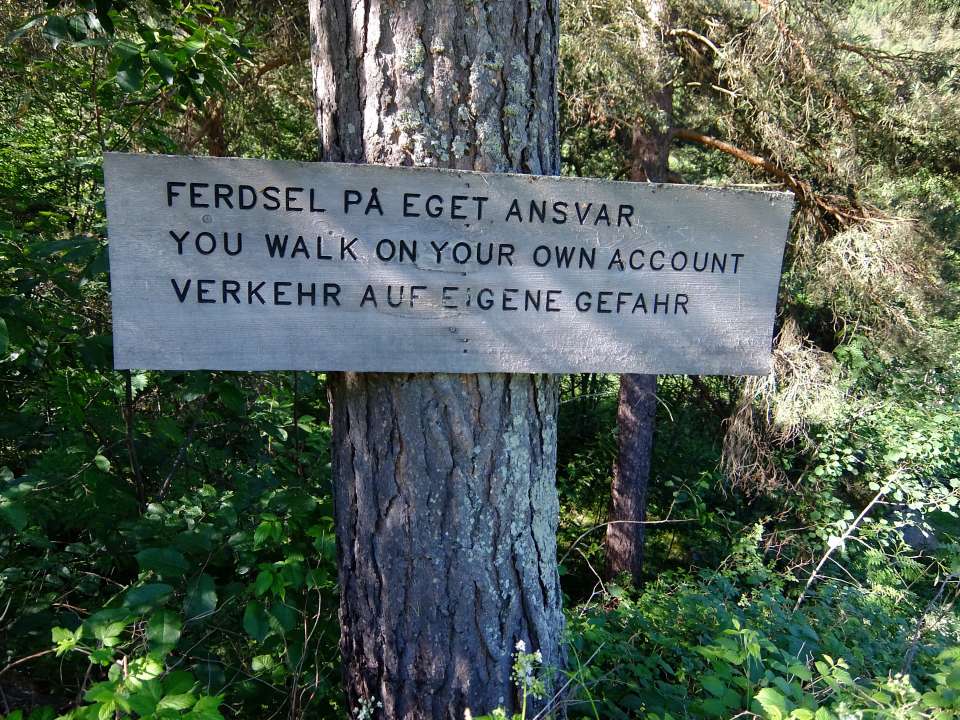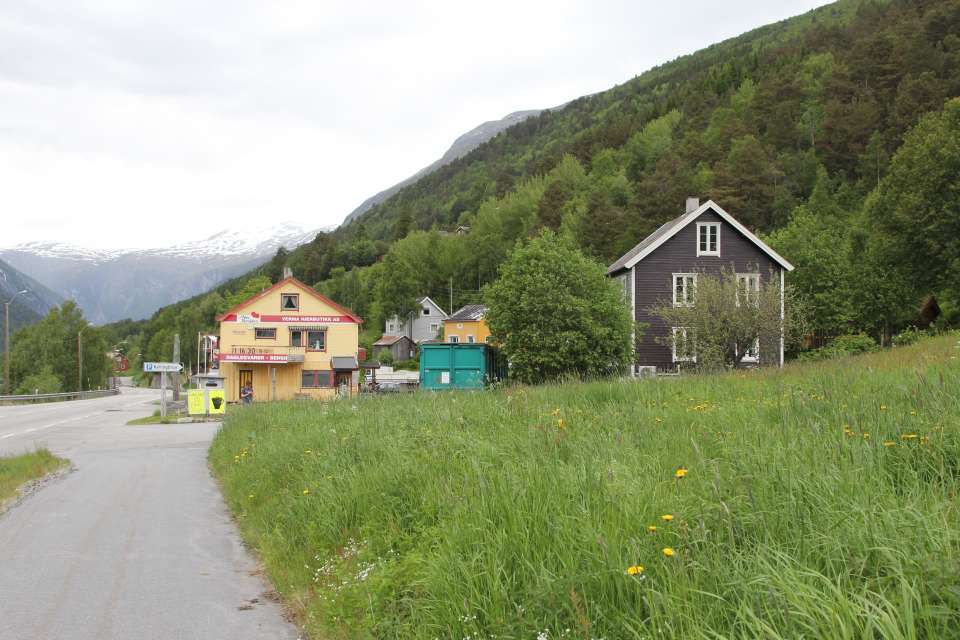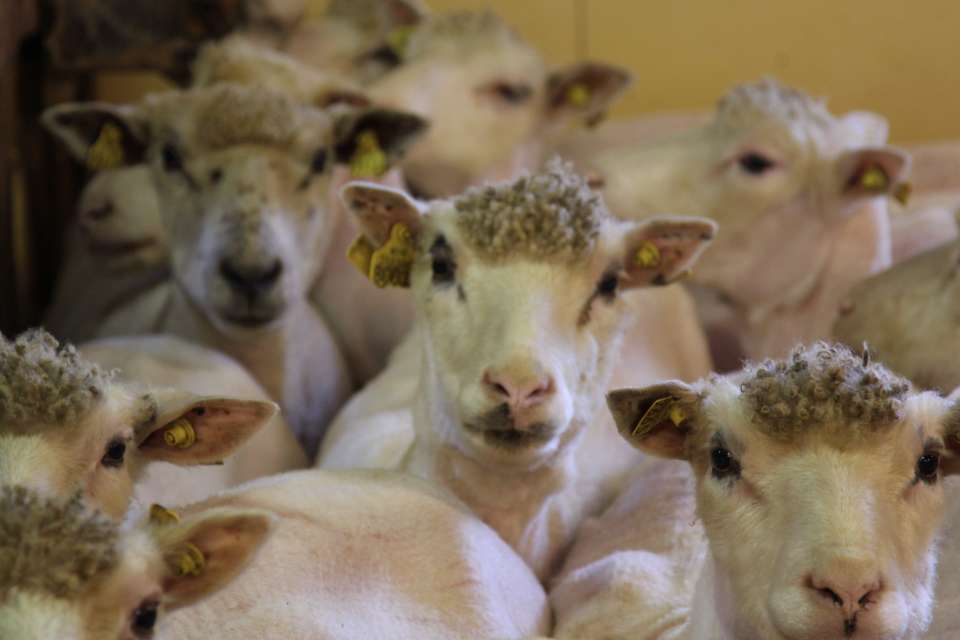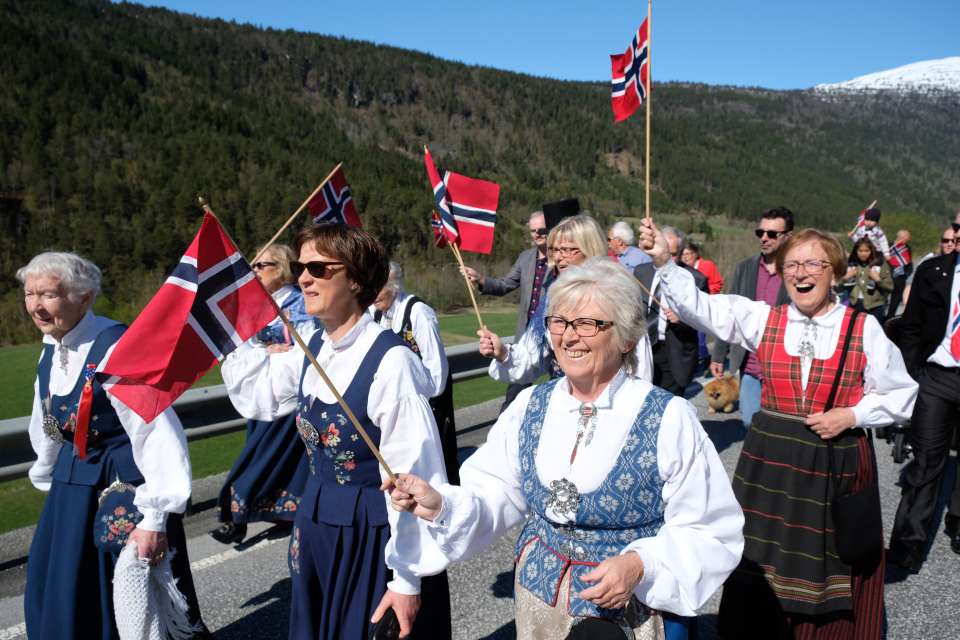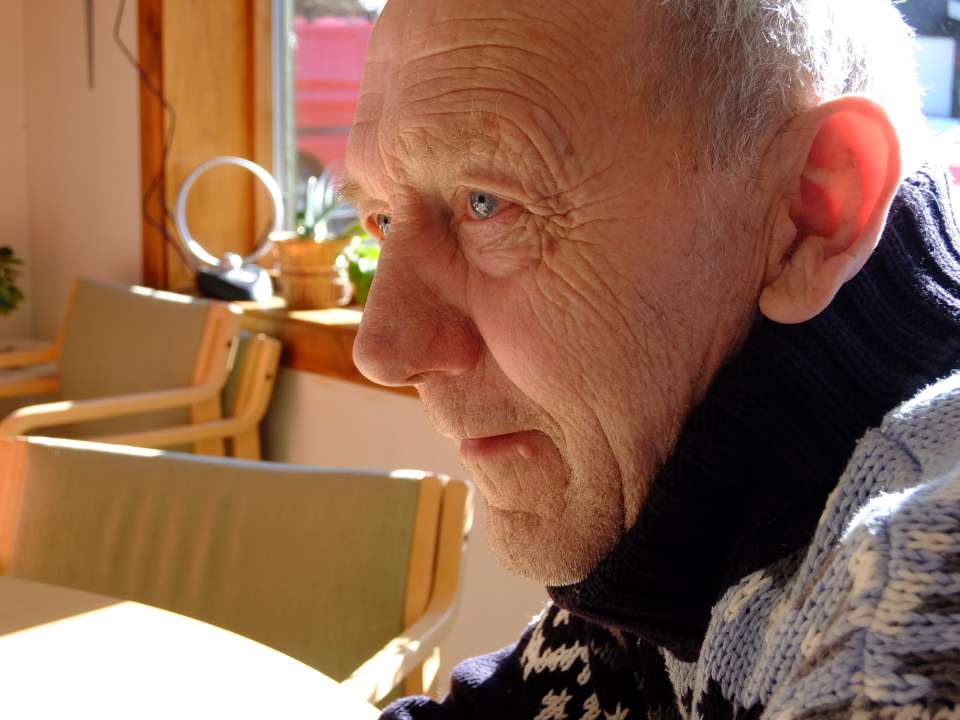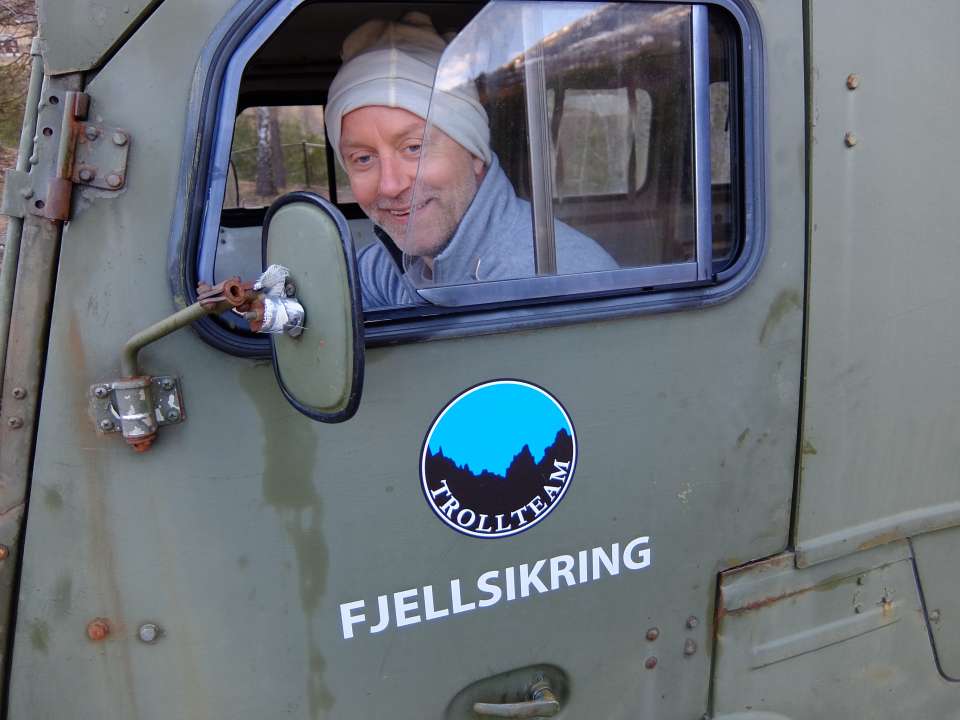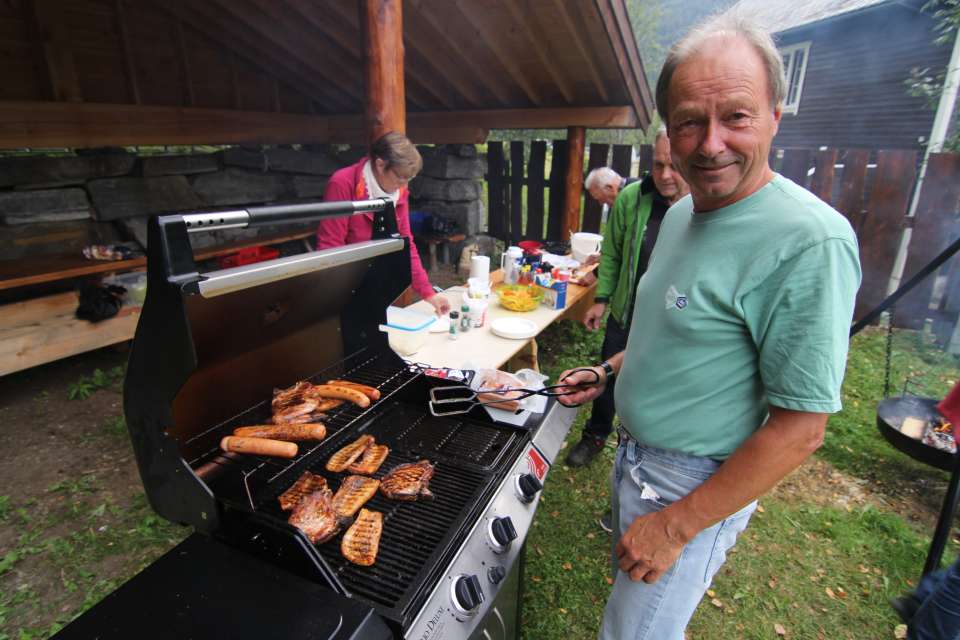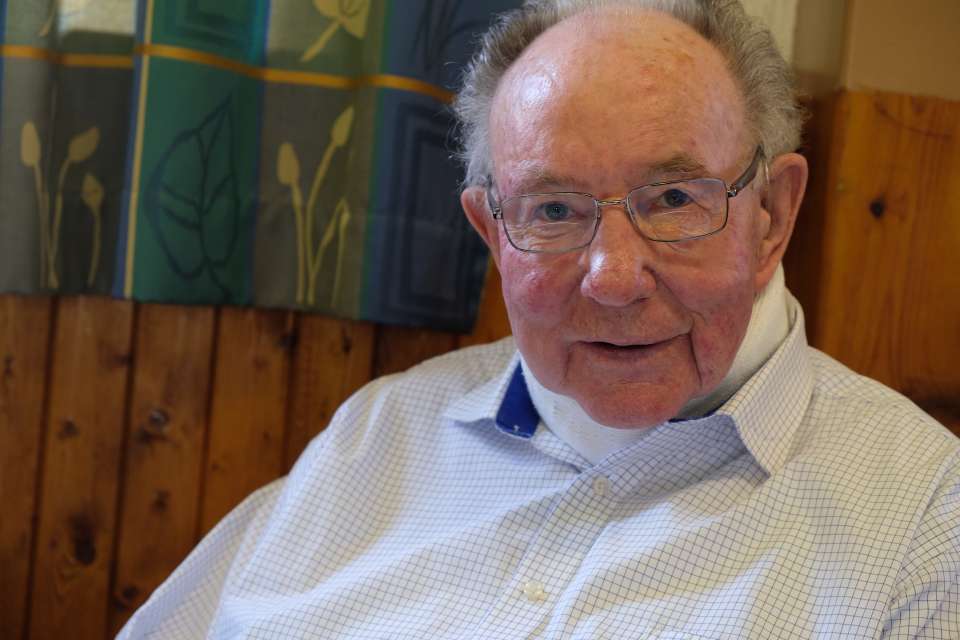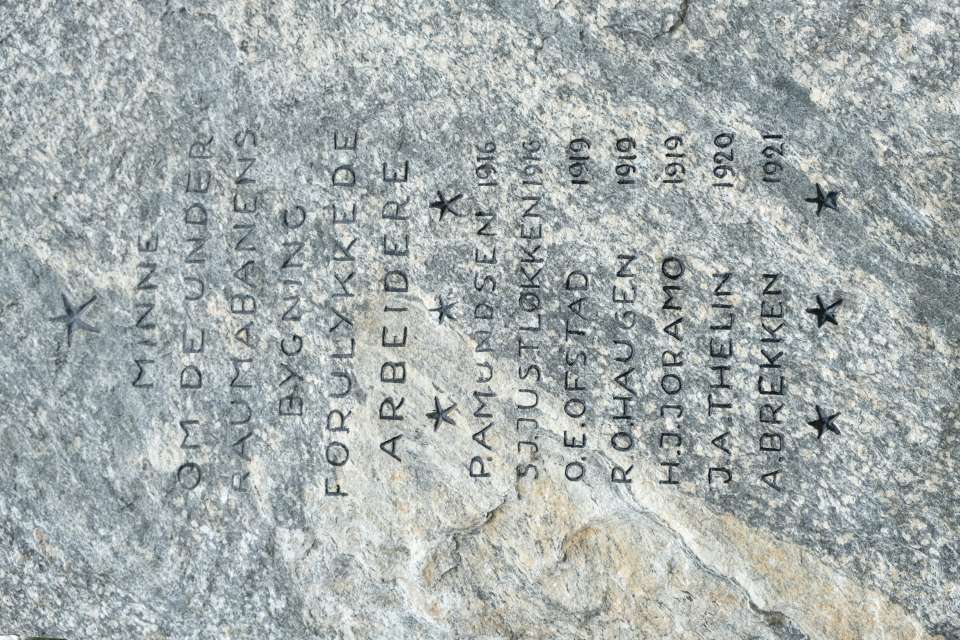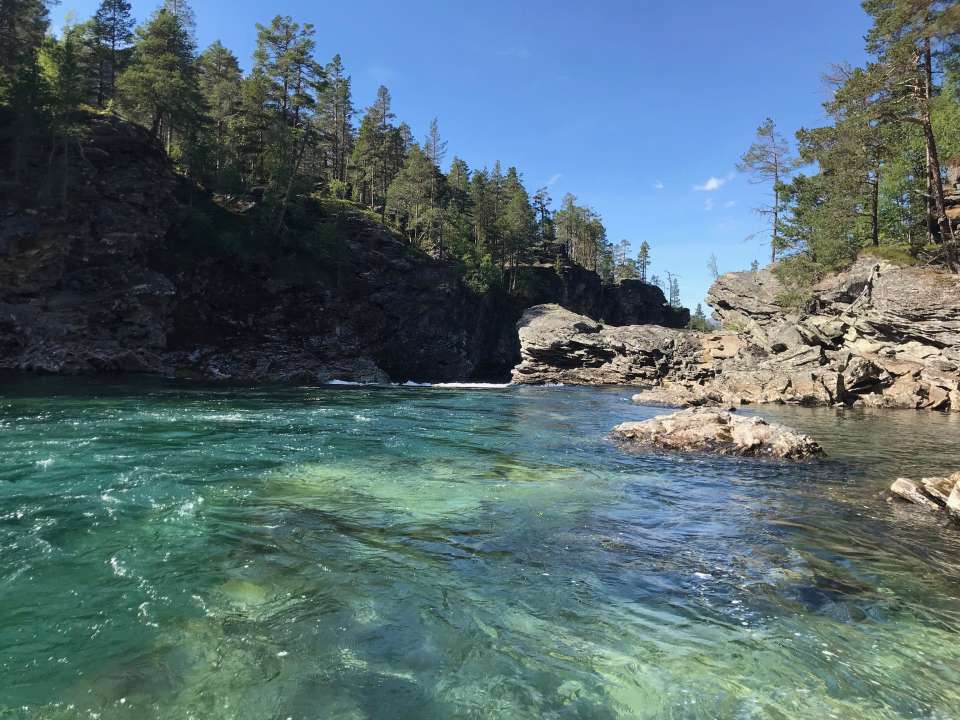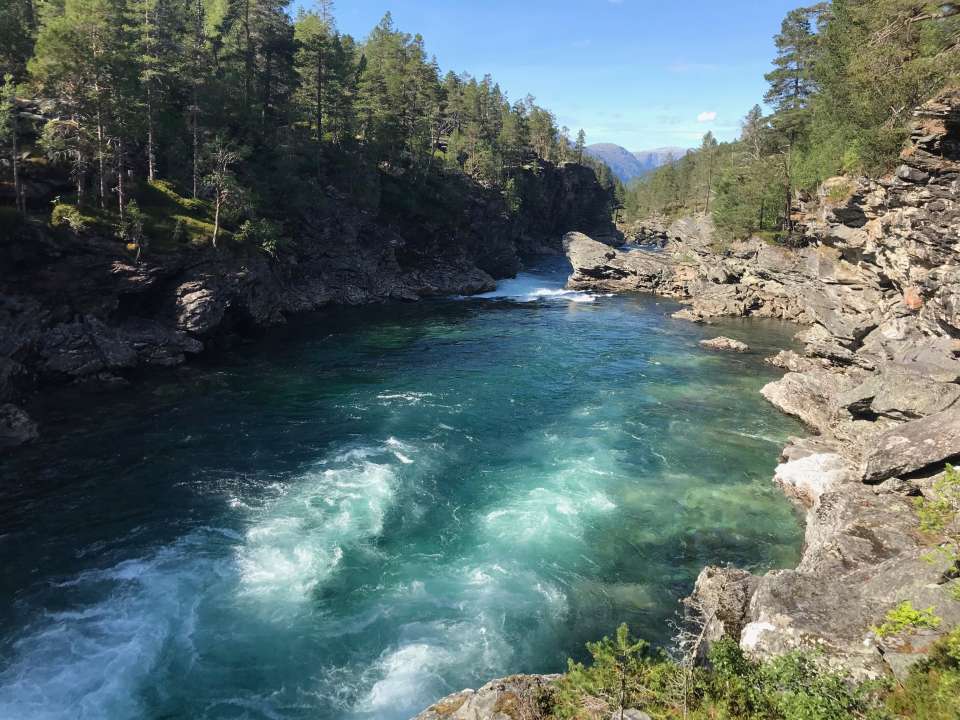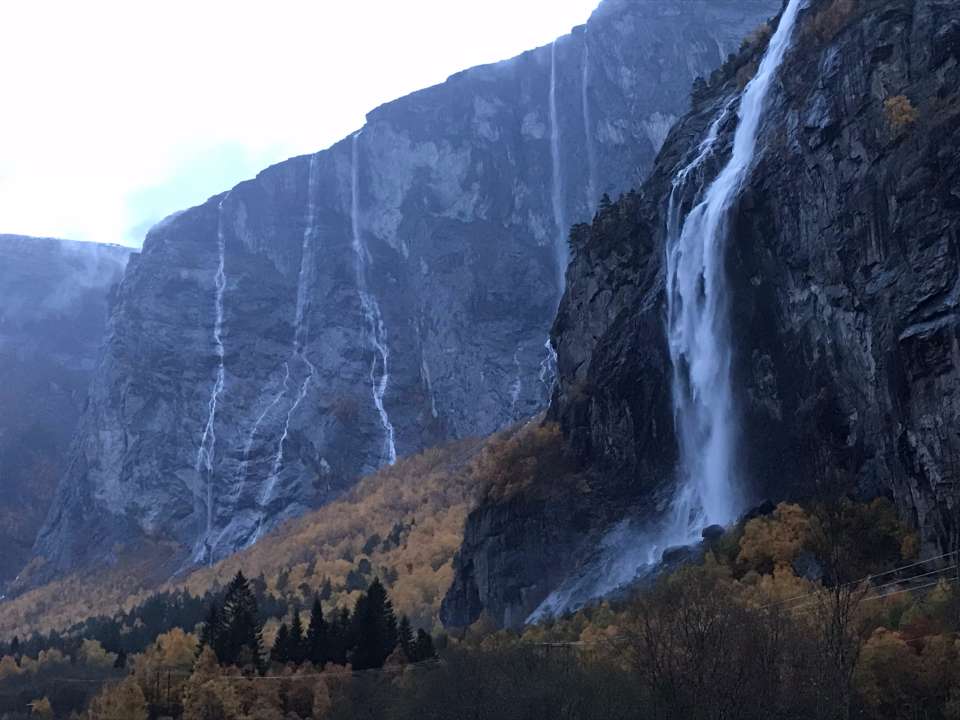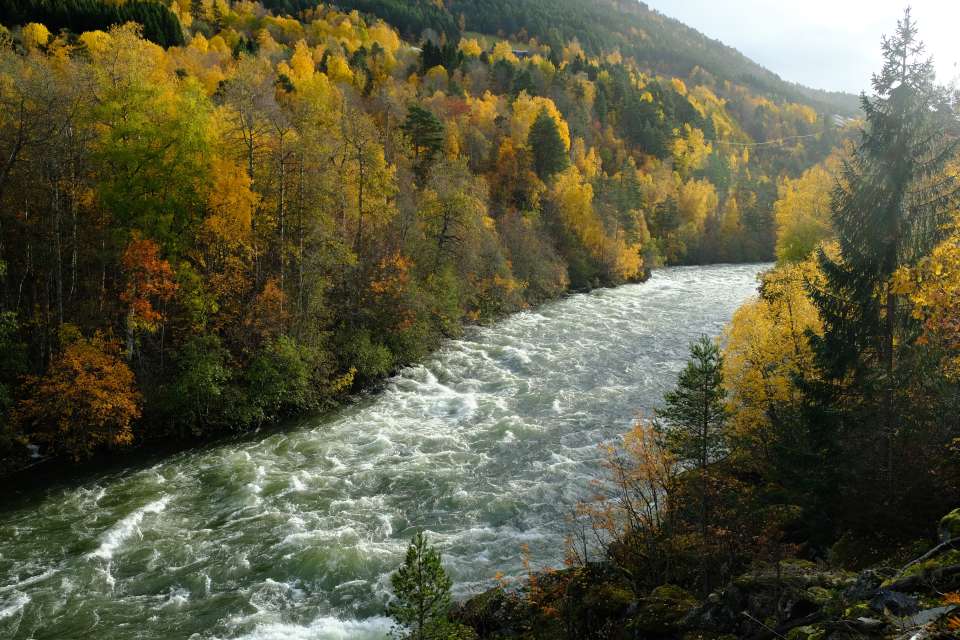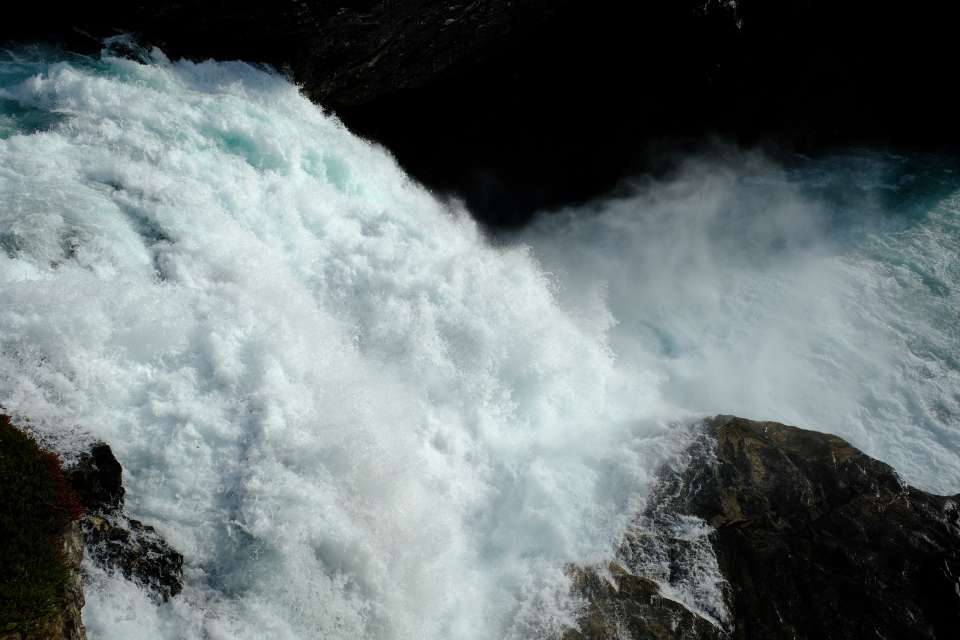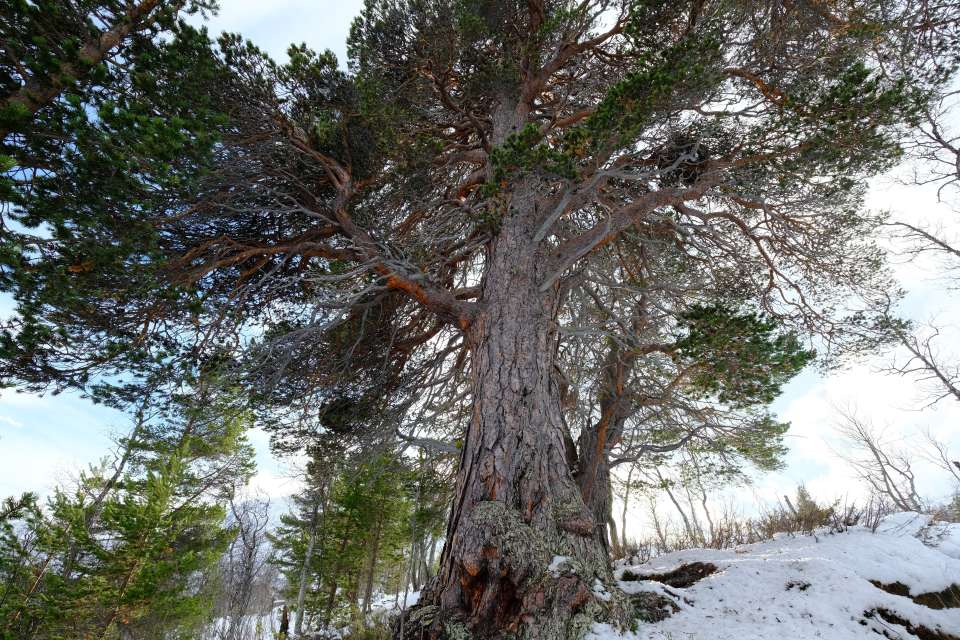A small mountain village called Verma
Verma is situated at 300 meter above sea level, at the entrance of the spectacular Romsdalen valley when you come from the southside. You have just crossed the border between the regions of Oppland and Møre og Romsdal close to Bjorli, and you start feeling that soon something excitng is coming. You are entering into one of the most beautiful, spectacular valleys on the planet. There are rivers, waterfalls and steep cliffs like nowhere else. Here you find Verma and Kyllingbrua (Chicken Bridge) and Villa Verma and Adventure Park Ville Verma.
Ville Verma (Wild Verma) is a term that can reflect to the wilderness surrounding the village, but also the fun activities that Villa Verma is providing in the river gorge under the railway bridge "Kyllingbrua". Verma is surrounded by wilderness. May it for ever be like that! This is the place to visit if you want raw, authentic, and wild experiences outside the main road...Take nothing but photographs, leave nothing but footprints.
There are established nationalparks and other types of protected nature areas on both sides of Verma. The demand for more energy and higher standards of living is putting a pressure of nature resources all over the world. Parts of the water system in the mountains is affected by the water powerplants that were established in the early 1970s. At Verma today there is being build new roads over farmers land, and the lake for the watertunnell to the powerplant is being expanded in to a nature sanctuary. For the best of the big community the state take the steps to secure wealth and mankind. There is a negative effectiv of driving electric cars. Energy has to be produced somewhere...In 1970 the first environmental demonstration took place in the mpountains above Verma. It was called Mardølaaksjonen. Quite a few persons were against the idea of transfering the lakes and rivers and waterfalls (some of the biggest waterfalls on the planet) to electric energy for the villages and industry in the area. The impact was big. The most known demonstants were professor of Philosophy Arne Næss, and Sigmund Kvaløy Sætereng. The later minister of Justice and Communication, leader of the political party Venstre, Odd Einar Dørum, was also there. Neighbours and villages were against each other and they almost started a fight. Different regions were fighting about the ownership to the water. There is still a discussion about that. Now its a discussion about national rights and commercial interests and what belongs to the people of Norway. Luckily this demonstartion and the start of a green ecological movement, also was the start of the work that saved the rivers Rauma and Ulvåa watersystem that runs through Verma and Romsdalen. A lot of tourists stop by the road to admire the huge waterfalls that still are alive and not affected by industry.
When the railwayline "Raumabanen" was build around 1920 there was 800 people living at the village of Verma. In 1980 there was 200. Today there is 60. The trend is very clear. Verma used to be an important village with hotel and schools and a few shops. A producer of wood-products is still there today. An important place for the locals are the round cofeetable in the corner of the groceryshop. Coffe and waffles is served here, and important news are being shared. There is a church and a community house there as well. The big question is how to obtain a population in places like this. How can we stop the re-vegetation of the farmers land when there is no activity anymore. Todays modern life has no room for the traditional farming.



